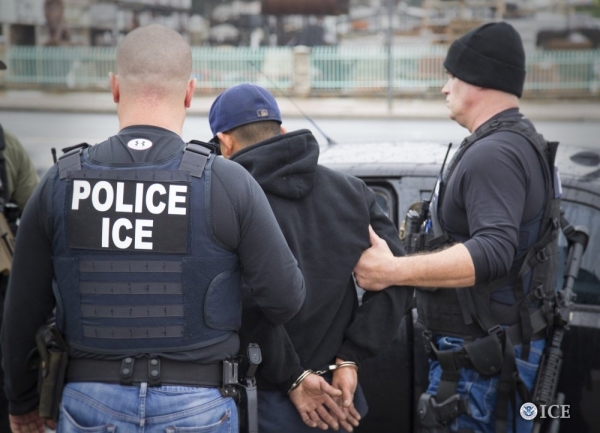SAXTONS RIVER — I can't get the pictures out of my mind.
The barracks. The women with babies and bundles disembarking from buses. The guards. The packed dining halls and inadequate living quarters. The sons in U.S. military uniform.
They are, of course, the images of Japanese-American people interned at the Manzanar War Relocation Center and other internment camps during World War II, many of them now on display at the Smithsonian's National Museum of American History in Washington, D.C.
Seventy-five years ago, when President Franklin Delano Roosevelt signed an executive order authorizing the imprisonment of Japanese Americans, about 120,000 of them - men, women, children, elders - were held in 10 camps across the country.
There, appalling conditions prevailed. Toilets lacked privacy, barracks were filled with rows of cots, guards with rifles patrolled from towers, barbed wire surrounded the desolate landscape, and fear was ever-present.
“It was like Nazi Germany concentration camps,” recalls a woman who was interned at the age of 7. “We were constantly under threat if we went near the barbed wire fences.”
* * *
Today, many people are rightly worried that the growth of “detention centers” to be run by large private corporations that profit hugely from operating such facilities will be used as holding camps for immigrants awaiting deportation.
They have every reason to be afraid following President Donald Trump's recent executive order and his promise to remove “bad dudes” quickly and completely.
And anyone who thinks the recent roundups aimed at capturing undocumented immigrants aren't an escalation needs to think again.
Recently, passengers on a domestic flight arriving at John F. Kennedy International Airport in New York were not allowed to disembark before showing their IDs.
An undocumented immigrant diagnosed with a brain tumor while in U.S. Immigration and Customs Enforcement (ICE) custody was forcibly returned to a detention center from her hospital bed in Texas.
She told reporters her ankles and wrists were tied as she complained of severe pain. Neither her family nor her lawyers were allowed to communicate with her.
It's pure Kafka.
* * *
According to the American Civil Liberties Union, the U.S. immigration detention system “locks hundreds of thousands of immigrants away unnecessarily every year.”
These detainees are subject to brutal and inhumane conditions, confined sometimes indefinitely, at huge costs to U.S. taxpayers.
Mothers and children are torn from each other in many cases. No regulations or enforceable standards are in place so that medical and mental health treatment, access to telephones, access to legal services, and even to religious services are denied. And many of the people trapped in such Draconian settings are lawful permanent residents and asylum seekers.
Such detention centers have grown exponentially in recent years, and more are planned as ICE turns to contracted facilities such as for-profit prison corporations.
These facilities operate outside the purview of public oversight and accountability and they have limited and often untrained staff, which translates into poor care and treatment of inmates - all in order to maximize shareholder returns. These corporations have, ACLU says, “a particularly grisly track record of detainee abuse and neglect.”
Human Rights Watch reports that indefinite detention of asylum-seeking mothers and their children takes a severe psychological toll. Many of them report serious depression, suicidal thoughts, and other symptoms of major psychological trauma.
* * *
Detention of innocent people is not new in the United States, as we know from the Japanese-American experience.
In another example, after 9-11, several men who had overstayed their visas were detained, abused, and otherwise badly mistreated because they were suspected of being radical Muslims.
Several of these men who had been detained for months - or, in some cases, years - sued the Justice Department's then–attorney general, John Ashcroft; the FBI director at the time, Robert Mueller; and several other government officials for violation of their 4th Amendment rights.
In January of this year, their case reached the Supreme Court. With justices Elena Kagan and Sonia Sotomayor having to recuse themselves, only six justices, four of them right-leaning, will decide the case.
It's a case that brings together the Muslim ban, the increasingly brutal roundups of immigrants and asylum seekers, the issues surrounding private “detention” centers, and the role of the courts in addressing and ending law-enforcement transgressions, especially in a Trump administration.
The very future of our nation, which prides itself on being dedicated to freedom and human rights, depends on nothing more vital than a sound, well-reasoned, compassionate and moral judicial system.
Let's hope the courts, at every level, get it right.
